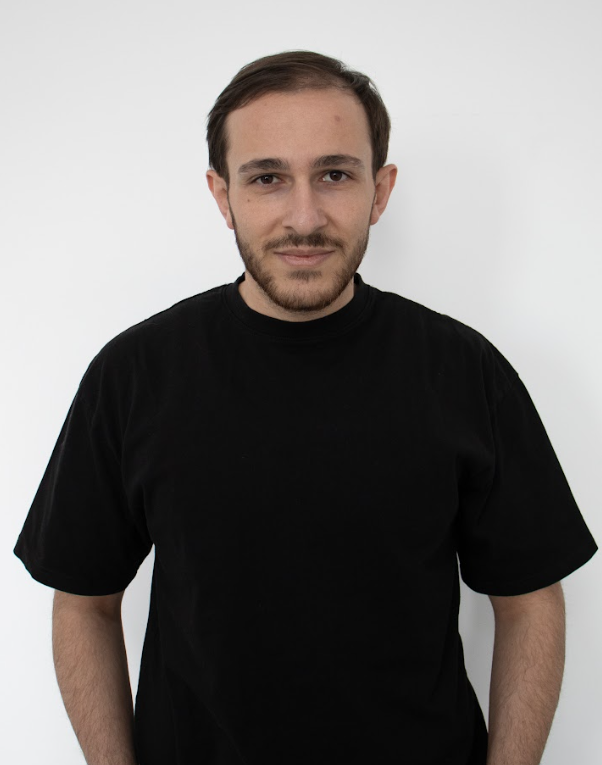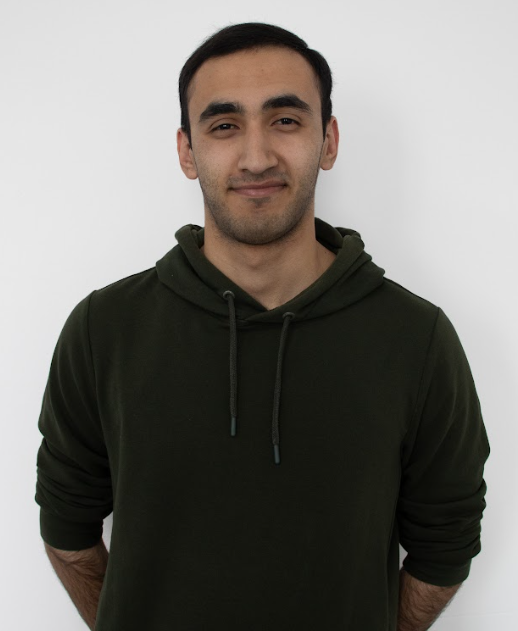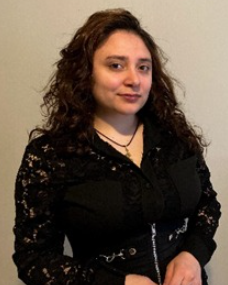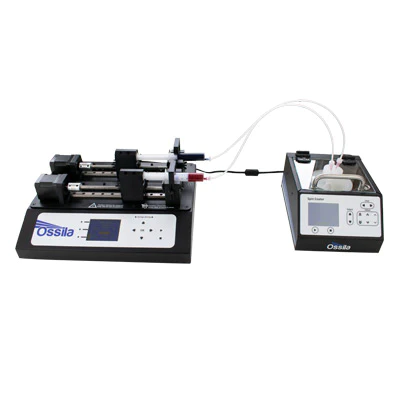NMG –Nanostructures’ Modeling Group
NMG, formed in the framework of the “Comprehensive Study of Semiconductor Quantum Nanostructures as an Element Base of New Generation Optoelectronic Devices” project, is an integral component of the Quantum Materials and Nanophotonics Laboratory located within the Nalbandyan Institute of Chemical Physics. This initiative was established as part of the Remote Laboratory Establishment Project, identified by project number 23RL-1C005 provided by the Higher Education and Science Committee under the auspices of the Ministry of Education, Science, Culture, and Sports of the Republic of Armenia.
The principal investigator (PI) of the project is: Prof. Dr. Carlos Duque (Universidad de Antioquia, Columbia)
Co-Investigator: Dr Yuri Bleyan
DESCRIPTION
Quantum dots (QDs) have shown great promise in a wide range of applications, from optoelectronic devices to quantum information processing and biology. However, in order to fully realize the potential of QDs, a comprehensive theoretical investigation of excitonic complexes in individual QDs is of paramount importance. Excitonic complexes play a crucial role in determining the optical properties of QDs, and a deeper understanding of their behavior is essential for interpreting device operation mechanisms and providing guidelines for future developments. In particular, the generation and recombination of excitons in QD-based LEDs is a key area of investigation, as it is necessary for achieving high-efficiency and balanced charge injection to generate single excitons in individual nanocrystals. Additionally, QD-based nanosensors have become a hot topic in nanotechnology-related analytical methods, with potential applications in forensic analysis, environmental monitoring, and clinic diagnostics. However, the low selectivity and sensitivity of QD-based sensors have hindered their extensive application in complex sample analysis, such as food safety. Further investigation into the properties and performance of QD-based sensors, particularly in the context of food components analysis and safety inspection, is crucial for developing more efficient and effective sensor systems. Overall, a comprehensive theoretical investigation of excitonic complexes in different QDs is critical for advancing the development of QD-based optoelectronic devices and nanosensors, and for unlocking the full potential of these versatile nanostructures in various fields. The project aims to model semiconductor QD based devices, including sensors, LEDs, and photovoltaic solar cells, with high sensitivity, tunable properties, and high efficiency.
The main objectives of the research group:
Objective I: Modeling of QD-based sensors
Modeling of the semiconductor QD based sensors of the new generation with high sensitivity and controllable properties.
Objective II: Modeling of QD-based LED
Modeling of the semiconductor QD based LEDs of the new generation with high size-tunable emission, high color purity and high efficiency.
Objective III: Modeling of QD photovoltaic characteristics
Modeling of the QD photovoltaic characteristics for solar cells with high efficiency, tunable optical properties and stability.















